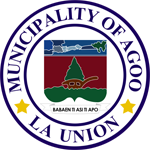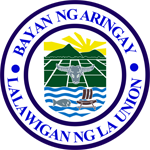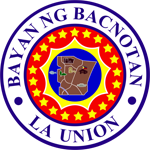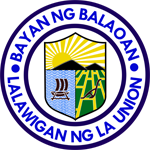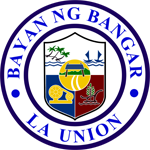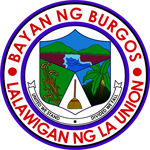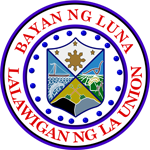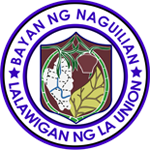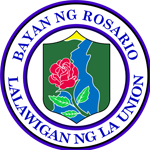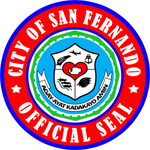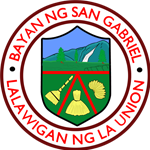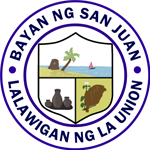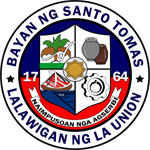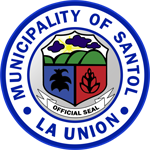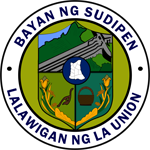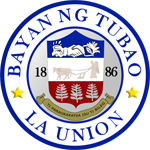
History
The town of Bacnotan was formally founded in 1599 as part of Ilocos Sur. In 1785, during the administration of then Governor-General Jose Basco, Bacnotan became a part of Pangasinan. When La Union was created in 1850, Bacnotan was one of the original twelve towns that made up the province.
In the past, Bacnotan was only a vast expanse of wilderness inhabited by a band of natives with a crude form of government. There was a time when it was ruled by a despotic chieftain who had absolute control over all his constituents. Disobedience to his directives meant severe flogging for the culprit. After several years of ruling, the chieftain was overthrown and flogged to death by the people. The word “bakunuttan” had become a byword among the inhabitants, hence the name of the town.
During the Spanish period, the name of the town was changed from “Bakunutan” to “Bacnotan” as evidenced by the communications that are still kept intact at the National Archives in Manila.
The town’s history is linked with the deeds of the heroic men who fought, bled and died for their own native land. At the turn of the century, during the Spanish – American War, Dumarang (now Quirino) was a scene of the carnage and plunder.
In December 1941, the first organized resistance against the Japanese invaders that landed in the north in their advance southward to Manila was at Barrios Baroro and Bacsil. The young soldiers, mostly in their twenties, valiantly defended the Baroro Bridge against the advancing enemy forces. Unfortunately, a large number of these young soldiers died in battle as the Japanese forces held the advantage in number, arms, and ammunition.
The civilian populace suffered much among the Japanese occupation, but did not submit themselves to the invaders. Instead, some of them fled to the mountains and joined the underground movement.
After the war in 1945, Bacnotan became the provisional seat of the provincial government. San Fernando was then in ruins. As a consequence of this transfer, the La Union High School followed afterwards. The transfer of the provincial high school in Bacnotan resulted in the establishment of the North Provincial High School.
In 1949, the vast mineral deposits for cement production were discovered in Barrio Dumarang (now Quirino). Within a year, a huge cement factory, then called Cebu Portland Cement (CEPOC) was established within the place. On May 11, 1957, the CEPOC, a government-owned corporation, was turned over to the privately-owned Bacnotan Consolidated, Industries (BCI). The BCI is the manufacturer of the famous “Union Cement”.
On June 18, 1960, by virtue of RA 2692 sponsored by then Congressman Francisco Ortega, the La Union Agricultural School was established. Nestling cozily at the foot of the mountains in Barangay Sapilang, the 600 hectare agricultural school underwent phenomenal progress and was later named Don Mariano Marcos Memorial State University (DMMMSU).
In 1965, an attempt was made by the Provincial Board of La Union to create a municipality out of the town of Bacnotan to include Barangay II, Quirino, Ballogo, and Narra. Then President Diosdado Macapagal acted favorably to the proposal by issuing an executive order on November 29, 1965 which provided that the new municipality be created upon the appointment of a mayor, vice-mayor and councilors. However, no appointment of a municipal council was done, hence no new municipality was created.
Profile

Bacnotan is located 284 kilometers away from Manila.it is a major transit area for the Manila-Ilocos Bus Route 24/7. There are also jeeps and tricycles for short trips within the municipality.
Home to the National Apiculture Research, Training and Development Institute (NARTDI), it has made Bacnotan a pilot area for support, instruction, research and production on beekeeping. Based at the Don Mariano Marcos Memorial State University (DMMMSU) Main Campus, it came into existence by virtue of RA 9151 which then La Union 1st District Congressman and former Governor Manuel C. Ortega authored. Also located at DMMMSU is the Sericulture Research Development Institute which produces quality silk.
In Barangay Carcarmay stands the towering La Union Centennial Tree which was planted way back in 1896 as certified by the Department of Environment and Natural Resources.
From December 27 to 30, the town celebrates its annual town fiesta which is highlighted by the Honey Festival. Parochial Fiestas include September 29, feast of St. Michael the Archangel and May 1, feast of St. Joseph the Worker.
Quick Facts
Land Area: 6,507 hectares
Population: 38,430
Number of Barangays: 47
Classification: First Class Municipality
Average Annual Income: Php 60,335,000.00
Politically Subdivided into 47 Barangays
| Agtipal | Arosip | Bacqui | Bacsil | Bagutot |
| Ballogo | Baroro | Bitalag | Bulala | Burayoc |
| Bussaoit | Cabaroan | Cabarsican | Cabugao | Calautit |
| Carcarmay | Casiaman | Galongen | Guinabang | Legleg |
| Lisqueb | Mabanengbeng 1st | Mabanengbeng 2nd | Maragayap | Nangalisan |
| Nagatiran | Nagsaraboan | Nagsimbaanan | Narra | Ortega |
| Paagan | Pandan | Pang-pang | Poblacion | Quirino |
| Raois | Salincob | San Martin | Santa Cruz | Santa Rita |
| Sapilang | Sayoan | Sipulo | Tammocalao | Ubbog |
| Oya-oy | Zaragosa |

